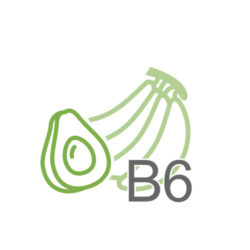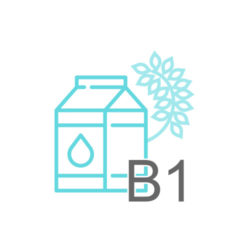Vitamin B3, Niacin
Nicotinic Acid
Introduction
Niacin is found in liver, kidney, lean meats, poultry, fish, enriched cereal products, nuts, peanut butter, milk and cheese. When choosing a supplement, both synthetic nicotinamide and nicotinic acid are commercially available. Nicotinamide is usually used in pharmaceutical products, while nicotinic acid is used to fortify foods. Yeast, a rich natural source of niacin, can also be taken as a supplement.
Modern Usage
Niacin widens the blood vessels, thus improving circulation and can thus be used to treat dizziness and ringing in the ears, Raynauds syndrome, premenstrual syndrome, headaches, cramps and other circulatory problems. Taken in large doses, niacin blocks the breakdown of fats in adipose tissue, having an effect on blood lipid levels. It is sometimes prescribed to patients with low levels of high-density lipoprotein - also known as "good" cholesterol - and who are at high risk of a heart attack.
Traditional Usage
Niacin is also known as nicotinic acid, or vitamin B3. For the normal functioning of the body, niacin works alongside other B vitamins to help release energy from food, promote healthy nervous and digestive systems, eye health, and keep the skin clear. Nicotinic acid, when taken in quantity, is able to lower bad cholesterol levels and help prevent heart attacks. Niacinamide is the amide of nicotinic acid. It is a constituent of nicotinamide adenine dinucleotide (NAD) and nicotinamide adenine dinucleotide phosphate (NADP), which are coenzymes involved in glycogenolysis, tissue respiration and lipid metabolism. Where niacinamide is lacking in the diet, the metabolism slows causing an intolerance to cold, and in severe cases, the patient develops pellagra.
*The Content is not intended to be a substitute for professional medical advice, diagnosis, or treatment. Please always seek the advice of your physician or other qualified health provider with any questions you may have regarding a medical condition.




